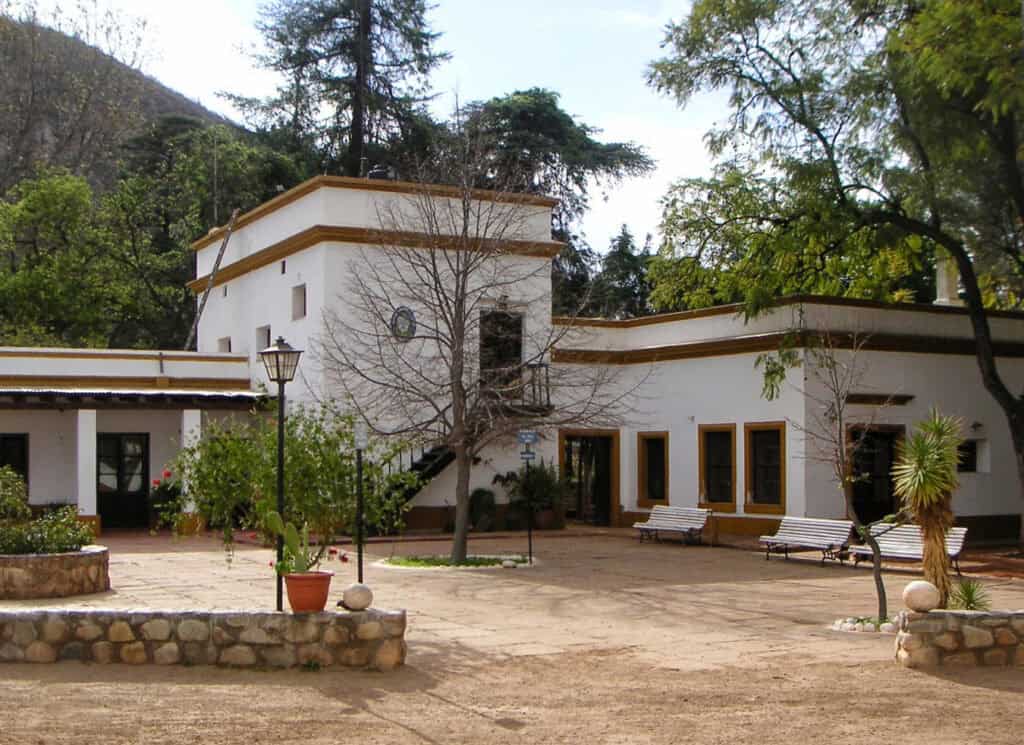
A Cornishman in Chilecito, Argentina
¡Feliz Día de la Independencia Argentina! Today (9 July) Argentina celebrates its Independence Day, and to mark this special occasion, we focus on a Cornishman who made Argentina his home, and acquired a fortune and a place in the history books in the process.
© Dr Sharron P. Schwartz
The Mines of Famatina
Our story takes place in the Cerro Negro and Caldera Districts of the Famatina Mountains, a remote area at a height of between 3,000-4,000m above sea level in the Pampas Sierras, a range of mountains running parallel to the Andes. The Famatina Mountains contain a group of silver mines close to the town of Chilecito (formerly known as Villa Argentina) in the Province of La Rioja.
Mining in the Famatina Mountains dates back to Incan times. One mine, the Santo Domingo, was of great antiquity but had been worked only at the surface by the indigenous peoples. After the conquest it was prosecuted by the Jesuits, who sunk pits along the slope of a great number of veins.
In about 1805, two poor Peruvian miners of Aragonese descent, Juan Lieta and Juan Echavarría, arrived in Chilecito, drawn there by stories of the Jesuit silver mines. They rediscovered the Santo Domingo Mine and reopened several other ancient workings. Despite considerable theft of the ore by unscrupulous mineworkers and greedy local officials, they made around 100,000 dollars before the War of Independence broke out in 1810 and wrecked their enterprise. The partnership was split; Echavarría fled back to Peru, while Lieta was captured by the local government and executed.
In the years after the War of Independence (1810-1818), the area attracted renewed interest, as it was viewed as another Potosí. At the end of 1823, minister of government to Buenos Aires and future Argentine president, Bernardino Rivadavia, issued a decree to promote a company dedicated to the exploitation of mineral deposits. This was formed by several of the most wealthy and respectable Merchants of Buenos Aires but without any knowledge of the mining companies then being formed in London during the 1824 Stock Market ‘boom’. This Argentine company was then taken over by the Famatina Mining Association that was floated on the London Stock Market, specifically to work the mines in the Famatina Mountains of La Rioja.
It dispatched from Falmouth per the Marquis of Anglesey some 40-50 workmen including miners, assayers and smelters in 1826. This vessel was almost wrecked at the mouth of the River Plate. A fragment of a ballad written by William Simmons of Redruth Highway notes that on this fateful voyage, one of their comrades was washed overboard and drowned off the Brazilian coast.
Another company was formed during the boom called the Río de la Plata Mining Company to work mines throughout the Rio de la Plata Provinces, which potentially included mines in the La Rioja region, promised to the Famatina Company. In April 1825, a group of Cornish mineworkers was sent out by Río de la Plata Mining Company per the Cyrus from Falmouth under the command of Cornishman and former naval officer, Grosvenor Bunster, in order to gain control of the silver deposits of La Rioja. Captain Francis Bond Head was dispatched a week later to take charge of the company and joined the party in Buenos Aires.
The beginning of British involvement in the Famatina Mines was not auspicious. When Rivadavia became President in 1826, he informed the governor of La Rioja that the mines were henceforth to be worked by the state and under the auspices of the Río de la Plata Mining Company which was given the right to work all the mines in La Rioja. The British-backed Famatina Mining found it could not secure permission to work the mines it had been promised, and therefore collapsed in disarray in 1827.
The Río de la Plata Mining Company also failed shortly afterwards, frustrated by the corrupt local and state authorities in their attempts to secure mining leases. The Cornishmen that had been contracted were eventually sent back home, many without their promised salaries. Captain Head, dubbed ‘Galloping Head’, on account of his crossing the Andes twice to inspect properties in neighbouring Chile, wrote an embittered article about the whole debacle entitled, ‘Reports Relative to the Failure of the Rio Plata Mining Association’ (1827). His account of what transpired was robustly challenged by Grosvenor Bunster in published ‘Observations’ of his own (1827). Thereafter, there were many futile attempts to revive the mining industry in the province of La Rioja.
When Government Inspector General of Mines, mining engineer, Francis Ignacio Rickard (1836-1906), visited the area in the late-1860s, he found the Cerro Negro to be largely abandoned. The deep lode workings were flooded and choked, and the surface was being picked over by pirquineros (artisanal miners). Only two mining establishments were at work, producing exceedingly rich bar silver from workings no deeper than 15 fathoms (27m).
Not long after Rickard published a report on the region in 1870, a mine named the San Pedro del Puerto was taken on by Cornish mining engineer, William ‘Guillermo’ Alfred Treloar, (1844-1914). It soon attained quite a depth and was the foundation for his future success.
Treloar had been born at the Cuiabá gold mine in Matto Grosso, Brazil, to Captain William Treloar and Mary Ann Nicholas, who hailed from the Sithney/Stithians area in Cornwall. In 1870, William married his first cousin, Georgie Treloar (1851-1894), at Kennington, London. She was the daughter of the famous Brazilian ‘Gold King’, Thomas Treloar, of the Gongo Soco, Morro Velho and other prominent mines in Brazil, and had spent several of her formative years in Helston with her paternal grandmother, Jenefer Treloar.
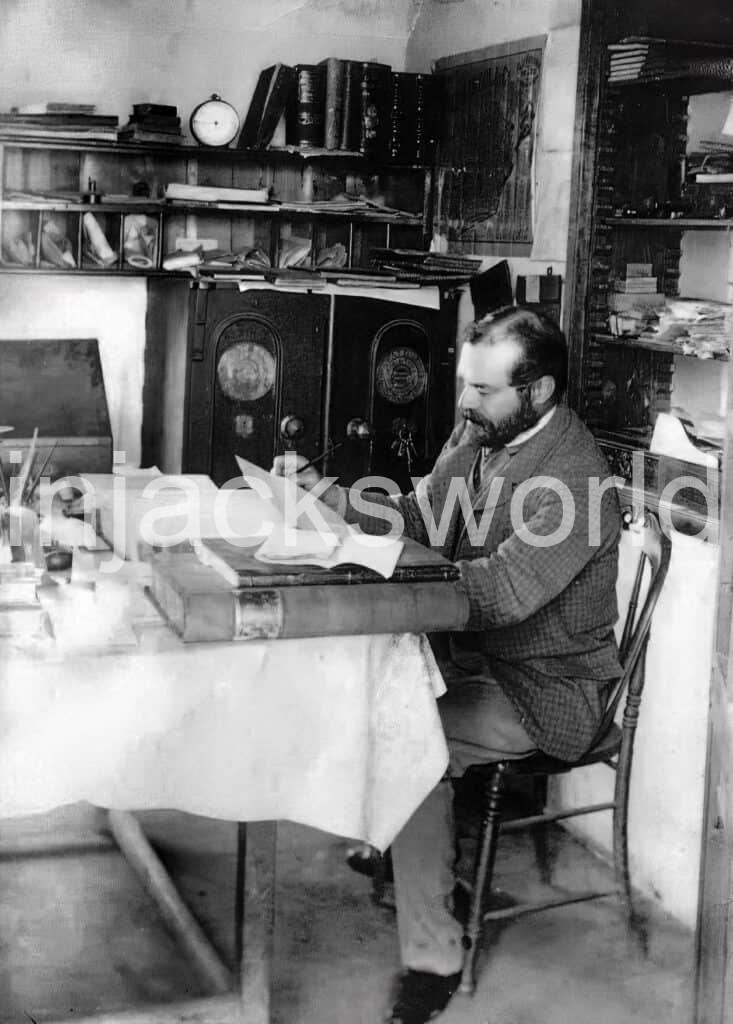
Chilecito’s ‘Garden of Eden’
After the birth of his son, William Sidney (1870-1910), William Alfred and his family left Brixton, London, for Argentina. Treloar set up home at the village of San Miguel near Chilecito where he built a finca (farm house and estate) named La Carerra. Although his land was situated on the edge of a desert, there was just a trickle of water which he made good use of. The soil was incredibly fertile and he cleverly channelled the available water into canals for irrigation purposes.
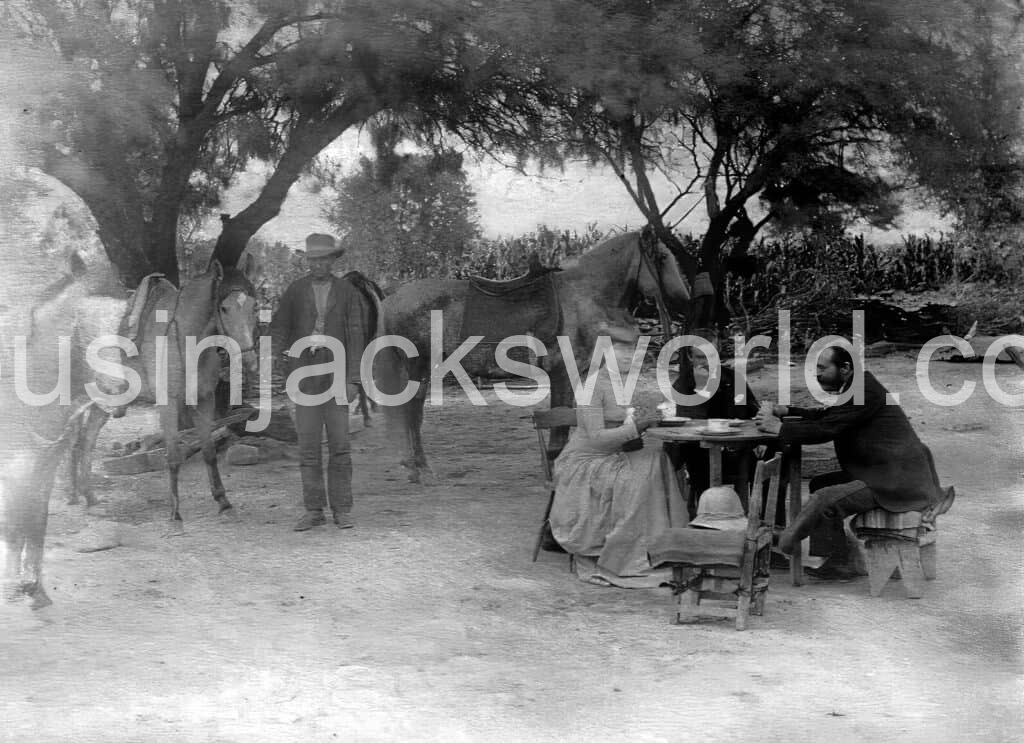
Treloar succeeded in creating a veritable Garden of Eden on several acres around his homestead which was shaded by broad-spreading trees. At La Carrera he grew oranges, vines, peaches, figs, apples, pears, roses, lilies, fruit, flowers, vegetables; ‘everything that one could conceive to be necessary for the wants and luxuries of man.’ A small tramroad even ran through his six-acre vineyard to take the grapes to the wine-press.
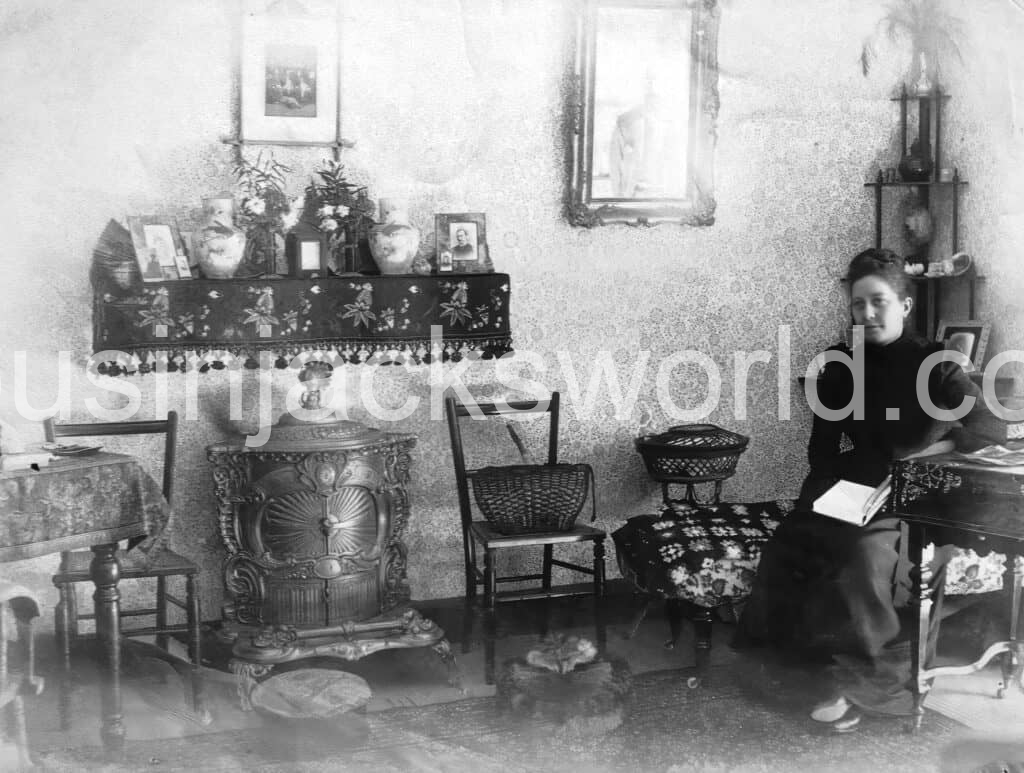
Treloar was wise to cultivate a warm and close friendship with mining law attorney, Dr Joaquín V. González, who served as governor of La Rioja from 1889 to 1891. Of Treloar, González warmly stated:
Cuando mi hogar paterno fue disuelto por la muerte, y mi propia vida azotada por mil dolores, un viejo y noble inglés, rudo trabajador de la montaña, y fanático buscador del oro de sus venas, hizo de nuestra amistad un parentesco, que llenaba en su corazón y en el mío oquedades profundas.
When my parental home was dissolved by death, and my own life was struck by a thousand sorrows, a noble old Englishman, a rude mountain labourer, and a fanatic seeker of gold from his veins, made our friendship a kinship, which filled deep cavities in his heart and in mine.
This fortuitous friendship and brotherly connection enabled Treloar to build a very successful career in mining and smelting, and he was considered to be one of the principal pioneers in reviving and modernising mining and metallurgy in La Rioja.
His wife, Georgie, died in England in 1994, and ‘Guillermo Treloar’ is noted as a widower on the 1895 Argentine Census.
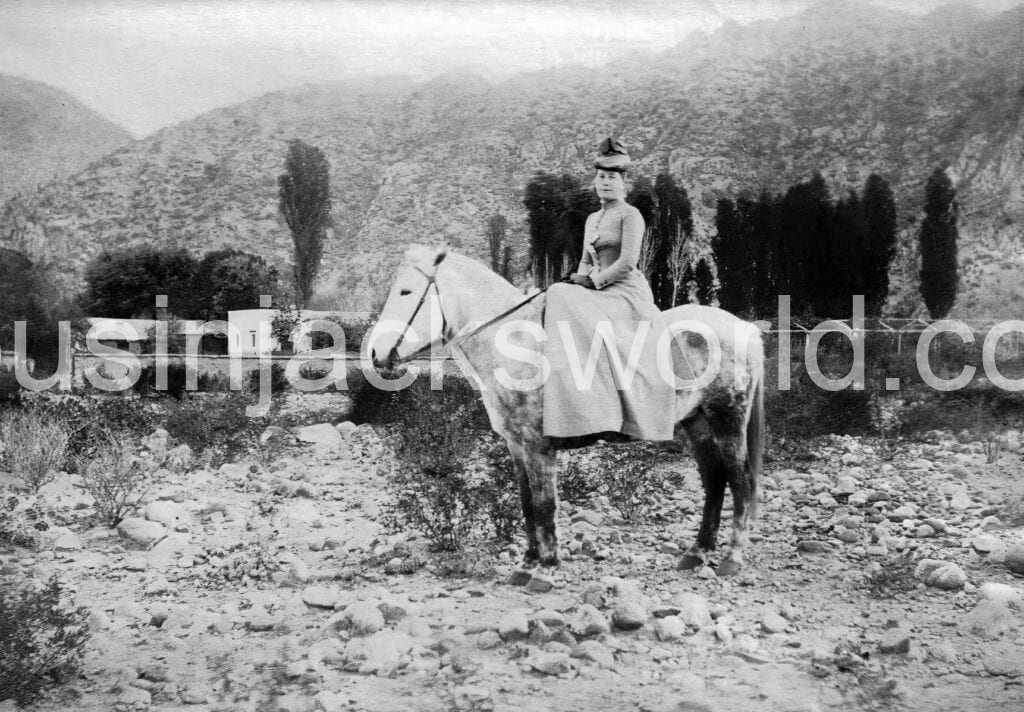
Treloar also had mining interests near his ancestral home in Cornwall, such Wheal Ann United at Ashton in Breage, which he left in the charge of Captain James Harry of Helston when he returned to Argentina in 1907. It closed the following year. Treloar introduced the first aerial ropeway in La Rioja and was also reported to have been opening a School of Mines in Chiliceto.
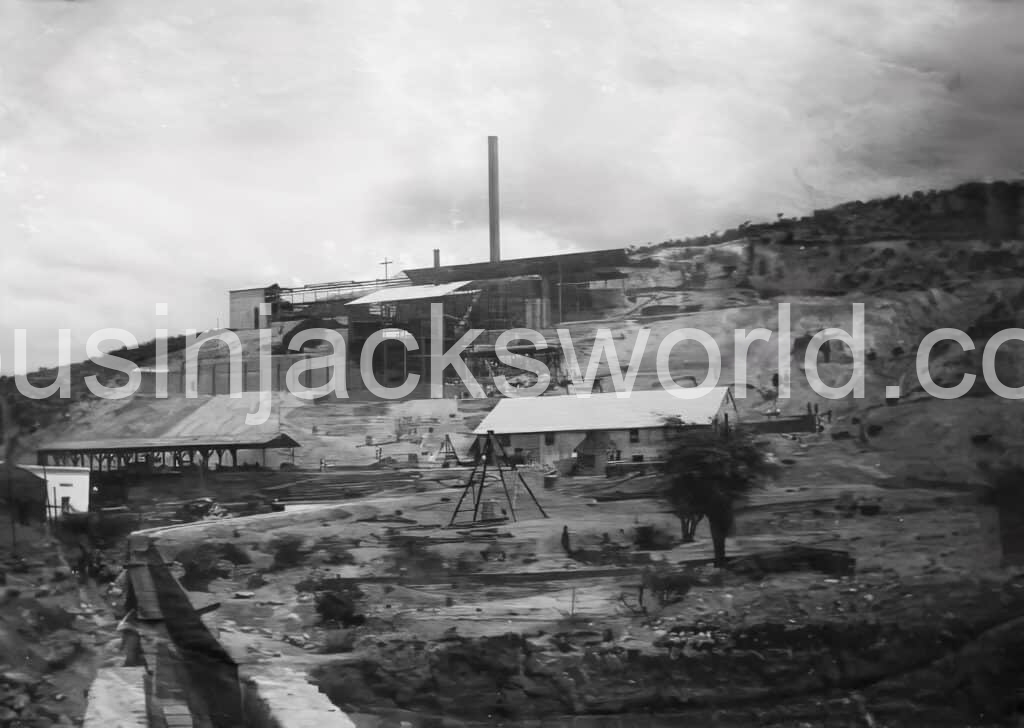
Samay Huasi
Treloar’s finca still exists. On his death in January 1914, La Carrera, which encompassed 17 hectares (42 acres), was bequeathed to his great friend, Dr Joaquín V. González. He renamed it Samay Huasi (Quechuan for ‘rest house’). González served as President of the University of La Plata from 1905 to 1913, and in turn willed the estate to the University when he died in 1923.
The University of La Plata formally took possession of Samay Huasi in 1941 and it now houses a museum with geological material and an art gallery. A fitting tribute to a tenacious and relatively unknown Cornishman.
DID YOU KNOW?
There is a terrace of cottages at Park Holly, Camborne, named Famatina Cottages, and a terrace of villas at Lelant Village named Chilecito Villas. They were named by someone who had connections with La Rioja in Argentina. Go to the Foreign House Names database to find out more. If anyone knows more about who named these, please do get in touch!
A Cornishman in
Chilecito, Argentina
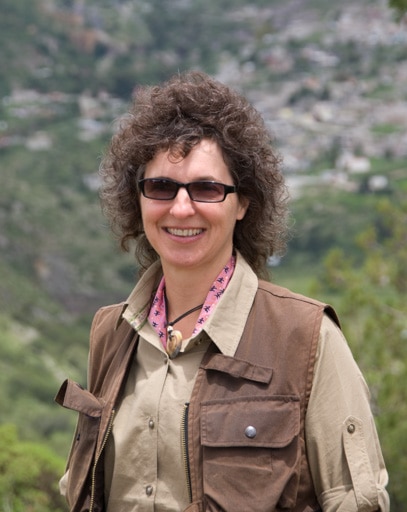
Dr. Sharron Schwartz
Specialist in Cornish Mining Migration and transnational communities
